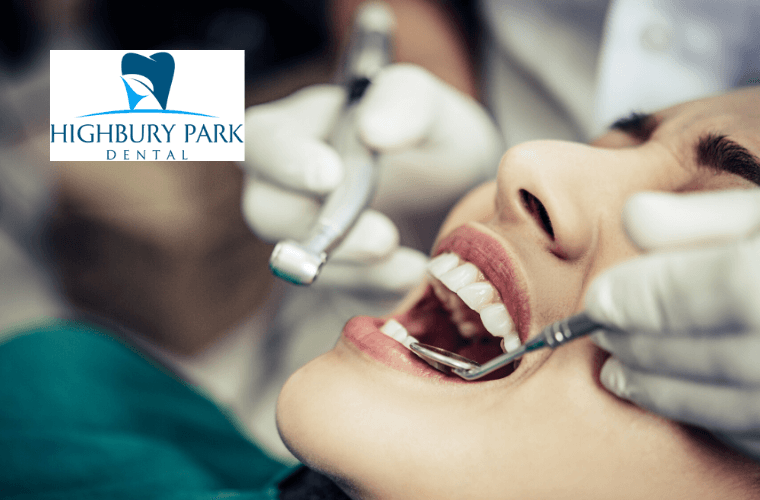Spot the Signs and Learn About Each Stage
Tooth decay, also known as a cavity, is one of the most common health problems in the world. Left untreated, it can cause a variety of complications. Damage which, in some cases, might be irreversible. There are multiple ways in which you can reduce your risk of developing this condition. In this article, we will explore the best lines of defence to keep your teeth as healthy as possible.
What Is Tooth Decay and What Causes It?
Tooth decay is a hole that forms in your tooth. If left untreated, cavities can gradually become larger, leading to more invasive treatment options or possible tooth loss. These bacteria are partially responsible for turning sugar into acid when eating or drinking foods that contain sugar. When this process happens, plaque begins to form on teeth soon after eating anything sugary. The acid in plaque can gradually erode tooth enamel.
Multiple factors can put teeth at higher risk of tooth decay, including sugar, failing to brush or floss daily, a lack of fluoride, dry mouth, eating disorders such as anorexia and/or bulimia and acid reflux.
What Are the Different Stages of Tooth Decay?
There are several signs of tooth decay and early treatment and detection can significantly impact the course of treatment required. Below, we explore the signs to watch for.
White Spots
The first stage of tooth decay begins when chalky white areas on the surface of the tooth appear due to loss of calcium and build-up of plaque.
Enamel Decay
In the second stage of tooth decay, enamel begins to weaken under the tooth’s surface, causing a lesion to form within the tooth. Eventually, the surface of the tooth risks breaking, which is then irreversible. If a tooth breaks, one should seek dental treatment immediately.
Dentin Decay
Dentin is the part of the tooth between the enamel and the pulp. When decay moves to this stage, the level of pain intensifies, the enamel collapses and a dental cavity is formed. At this stage, a dental filling will most likely be required.
Infection of the Pulp
The pulp is the tooth’s center. It is made up of living tissue and cells which are referred to as odontoblasts. If the pulp becomes infected with bacteria, pus will form and kill the blood vessels and nerves in the tooth. This can cause constant pain and will most likely require a root canal.
Abscess
Abscess formation is the final stage of tooth decay and the most painful. When the infection reaches the root of the tooth, the bones risk infection as well. Gums and the tongue often swell which can have an impact on speech and increase the risk of other diseases. This stage typically requires further oral surgery.
Tooth Loss
Untreated cavities at each stage of decay will cause tooth loss and/or extraction. With the adherence of a good oral hygiene regimen, avoiding a diet high in sugar, staying hydrated with water and visiting your dental professional regularly, this stage can be prevented.
Signs You Have Tooth Decay
There are numerous signs and symptoms that accompany tooth decay. Signs which are detectable and can alert you to make the next available appointment with your dentist. Your best defence will always be a visit to your dentist every 6 months, however, there are signs to watch for.
- Tooth sensitivity
- Tooth pain
- Tooth sensitivity
- Tooth pain
- Staining
- Holes or pits in your teeth
- Bad breath
- Unpleasant taste in your mouth
When to See a Dentist
The signs and symptoms of tooth decay are not always detectable. That is why regular dental checkups and cleanings are essential. If a toothache or mouth pain develops prior to your next scheduled dentist appointment, be sure to make an appointment as soon as possible to get it looked at.
How to Treat Tooth Decay
Treatment of tooth decay is dependent on the level of decay itself. Below, we explore the different options for each stage.
Filling
This procedure involves clearing the area of decay inside the tooth before filling it. Removing the decay prevents further damage, however, it does not fix the damage that has already occurred. Therefore, filling the area in restores the strength and integrity of the tooth, preventing decay from re-entering the open area.
Dental Crowns
A dental crown is a cap that is placed over a tooth to cover it, restoring its shape, size and strength, and improving its appearance. Crowns are used to protect a weak tooth that has decayed from breaking. It can also hold together parts of a cracked tooth.
Root Canal
A root canal is a procedure used to treat deeper cavities. It is a process in which the nerve and pulp of a tooth are removed, and the inside of the tooth is cleaned and sealed.
Tooth Extraction
Tooth Extraction is performed by a dentist or oral surgeon and is a quick outpatient procedure. Local, general, intravenous anesthesia or a combination is used. Removing a visible tooth is a simple extraction, however, teeth that are broken, below the surface or impacted require a more in-depth procedure.
How to Prevent Tooth Decay
The best way to prevent tooth decay is to visit your dentist every 6 months, however, brushing twice a day with a toothpaste containing fluoride, flossing, eating a balanced diet and limiting sugar is the best way to prevent cavities.
Stay on Top of Oral Health
Good oral hygiene is of the utmost importance if you want to have healthy teeth and gums. With the proper daily routine and visits with your dentist, it is possible to keep your teeth for life. Oral hygiene and the impact that it has your overall health are often underrated and your local dentist can ensure that you are in the best position to keep your original smile for a lifetime.

